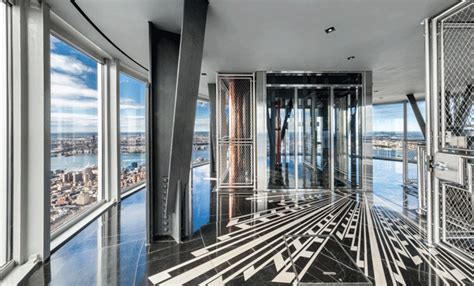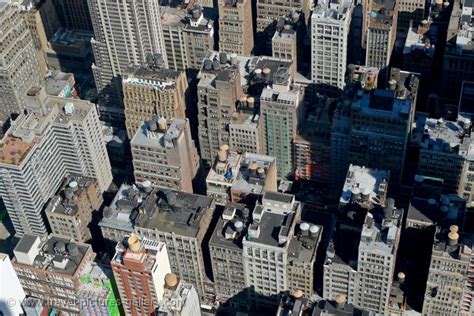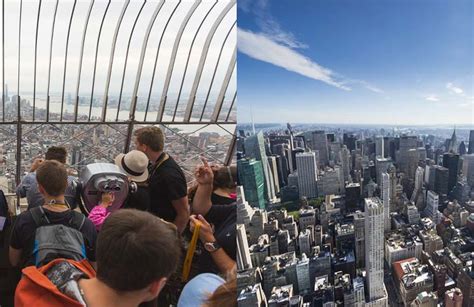The Getty Museum controversy revolves around a long-standing dispute between the Italian government and the J. Paul Getty Museum in Los Angeles, California. The Italian government claims that the museum has illegally acquired more than 40 ancient artifacts that were looted from their country and smuggled out. The Italian government is demanding that the artifacts be returned to Italy, claiming they are an important part of their cultural heritage.
The Getty Museum has argued that it acquired the artifacts in good faith, and that their provenance is well-documented. It has also argued that the objects were purchased from reputable art dealers and auction houses, and that they are not stolen goods. However, the Italian government has stated that the museum has not yet provided sufficient evidence to prove its claims.
The dispute has been ongoing since the mid-1990s, when the Italian government first started demanding the return of the artifacts. Since then, the case has gone through various legal proceedings, but the artifacts have remained in the museum’s possession. In January 2019, the Italian government filed a civil lawsuit against the museum in a Los Angeles federal court seeking the return of the artifacts.
The Getty Museum has maintained that it is not willing to return the artifacts unless it receives conclusive proof that they were illegally obtained. The Italian government has argued that the museum is obligated to return the artifacts under international law, even without proof of their illegal acquisition. The case is still ongoing, and it remains to be seen how it will be resolved.
Investigating the Getty Controversy: Unveiling the Truth
The Getty museum controversy has been around for decades. It involves the illegal collection of artifacts and artwork from around the world. In the early 1990s, the J. Paul Getty Museum in Los Angeles was accused of participating in this illegal activity. Since then, the museum has been involved in a number of lengthy legal battles. In 2017, the museum released a report titled “Investigating the Getty Controversy: Unveiling the Truth.” This report is a comprehensive analysis of the museum’s involvement in the controversy.
The report includes details of the museum’s internal and external investigations into the allegations. The report also reveals the museum’s efforts to prevent future illegal activity and to ensure the proper care and protection of artifacts and artwork. The report also includes an overview of the museum’s procedures for identifying and authenticating artwork and a discussion of its ethical and legal responsibilities.
The report is a valuable resource for understanding the history of the controversy and the museum’s involvement in it. It provides valuable insights into the ethical, legal, and financial implications of the controversy. It also provides an opportunity for the museum to reflect on its actions and to take steps to ensure that the museum conducts its activities in accordance with applicable laws and regulations.
Investigating the Getty Controversy: Unveiling the Truth is available for purchase on the J. Paul Getty Museum website. The report costs $25 and is available in both print and digital formats. The report is an invaluable resource for anyone who wants to learn more about the controversy and the museum’s role in it.
The report includes the following information:
- A history of the controversy
- An overview of the museum’s internal and external investigations
- A discussion of the museum’s ethical and legal responsibilities
- An analysis of the financial implications of the controversy
- Details of the museum’s procedures for identifying and authenticating artwork
- An overview of the museum’s efforts to prevent future illegal activity
Investigating the Getty Controversy: Unveiling the Truth is an invaluable resource for anyone who is interested in learning more about the controversy and the museum’s role in it. The report provides valuable insights into the ethical, legal, and financial implications of the controversy and is an essential resource for anyone who wants to understand the history and impact of the controversy.
Exploring the Debate Over the Getty Museum: The Pros and Cons
The debate over the Getty Museum has been ongoing for some time now. The Getty Museum is an art institution located in Los Angeles, California and has been in the spotlight in recent years due to the controversy surrounding its ownership, operations, funding, and artwork. In this article, we will take a look at the pros and cons of the Getty Museum in order to better understand the debate.
The pros of the Getty Museum include its impressive collection of artifacts and artwork. The Getty Museum houses some of the world’s most famous works, such as the “Mona Lisa” and the “Renaissance” and it has the largest collection of Renaissance art in North America. The museum also offers educational programs, lectures, and workshops. The museum’s endowment provides a generous source of funding for its operations and it has a very large endowment of approximately $2.5 billion. Additionally, the museum is one of the most visited tourist attractions in Los Angeles.
The cons of the Getty Museum include its high cost of admission, which can be quite expensive for some visitors. Additionally, the museum has been criticized for its focus on European art and its lack of representation of other cultures. Some also argue that the museum is too focused on the commercialization of art and that it fails to provide a meaningful experience for those who visit. Lastly, the museum has been accused of not doing enough to protect its collection from theft and vandalism.
To summarize, the debate over the Getty Museum is a complex one that touches on a variety of issues. On one hand, many people point to the impressive collection and educational programs offered by the museum as evidence of its value. On the other hand, others argue that the museum is too expensive, too focused on European art, and not doing enough to protect its collection. Ultimately, it is up to the individual to decide whether the pros of the Getty Museum outweigh its cons.
 Road Topic Tourism & Travel
Road Topic Tourism & Travel




